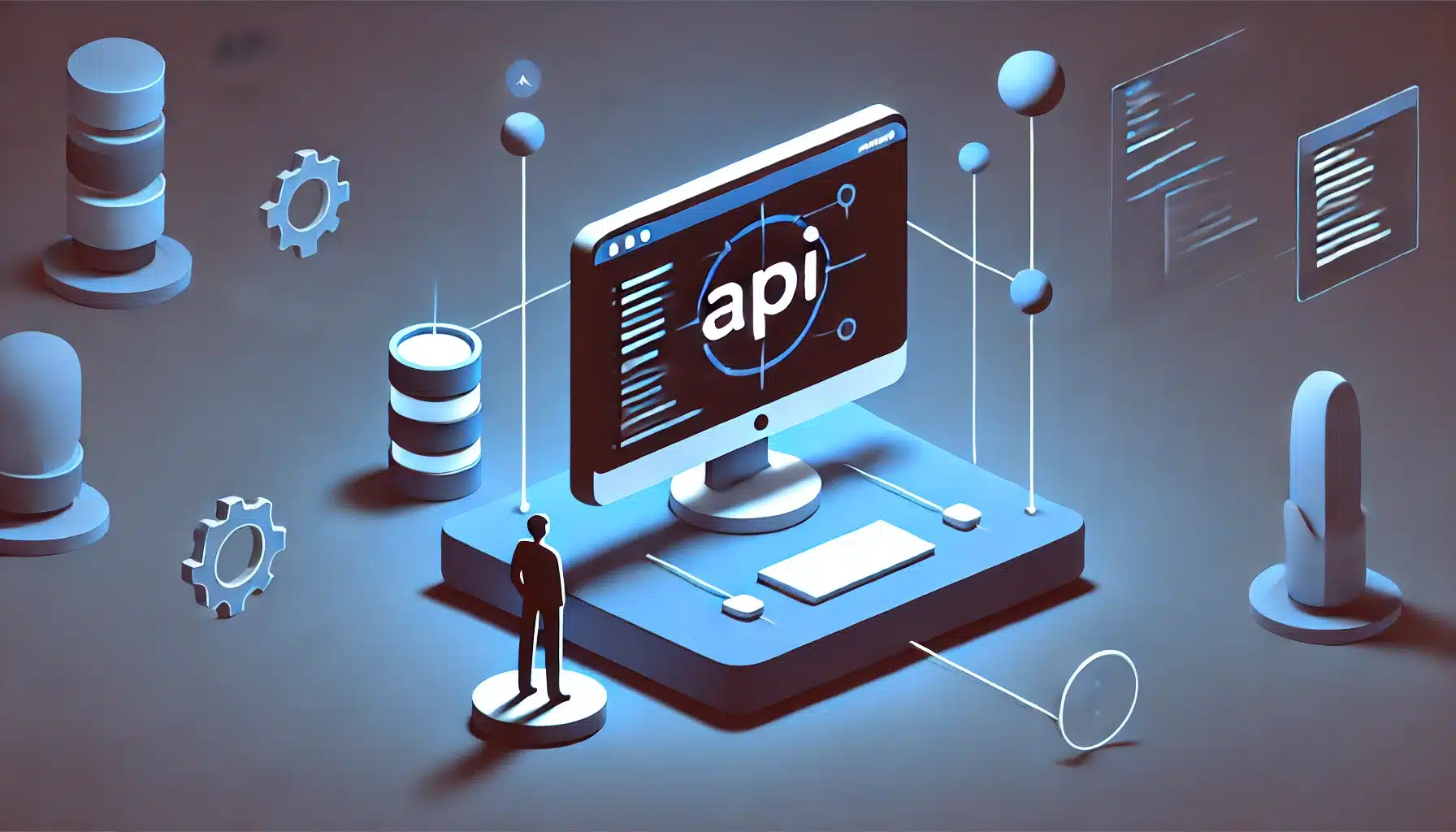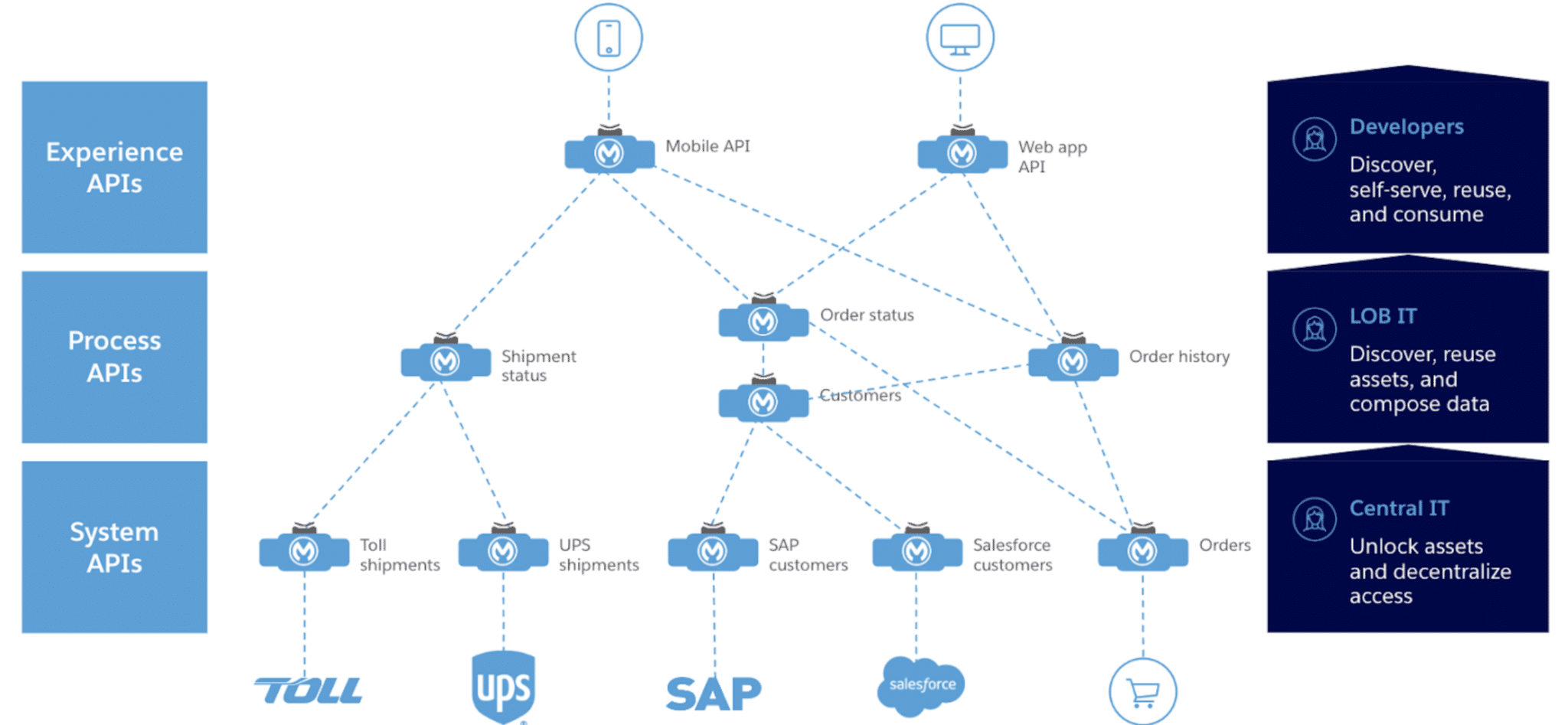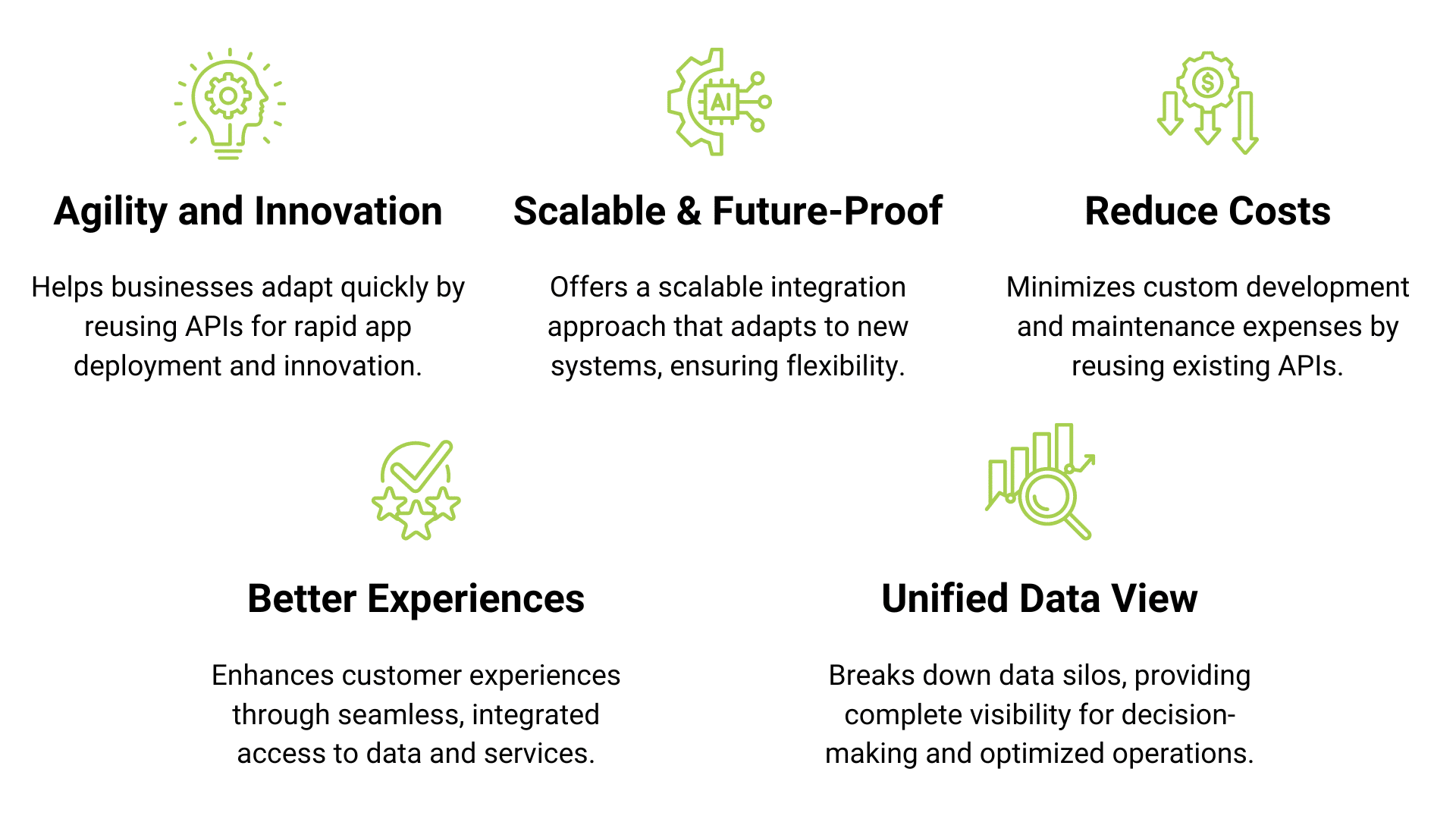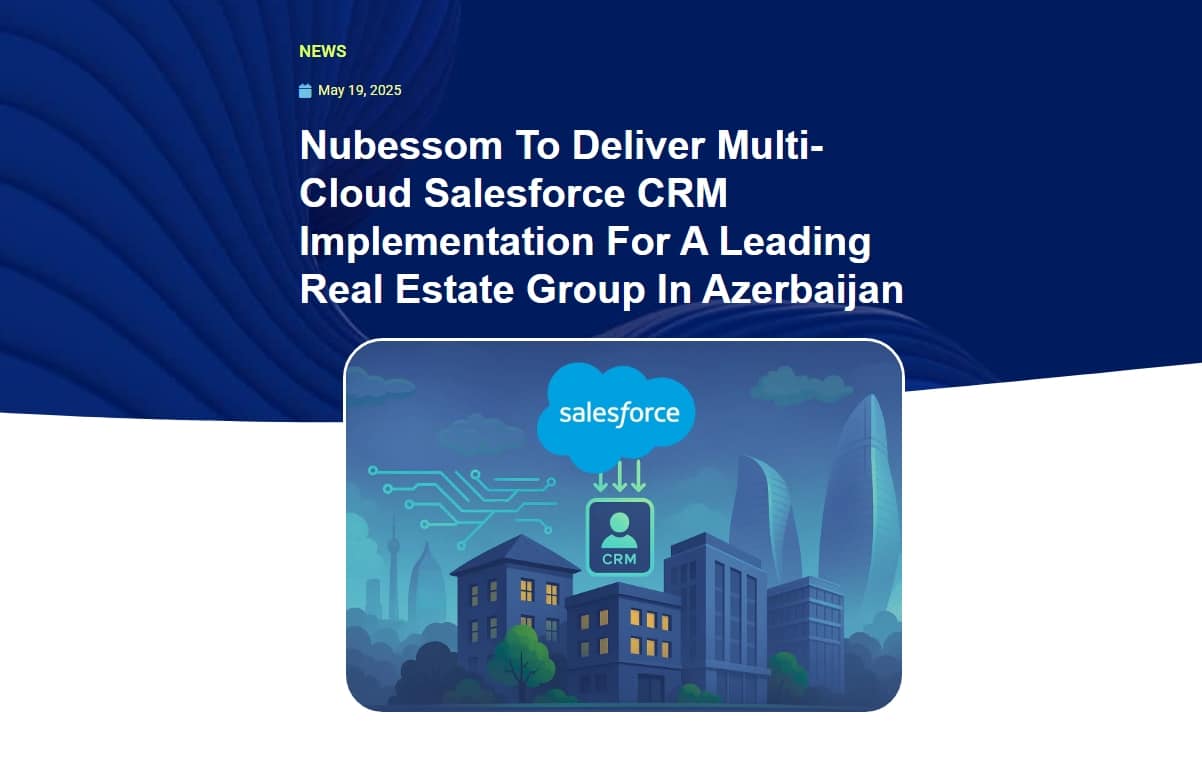

In today’s dynamic digital landscape, businesses face significant challenges in achieving efficient and scalable connectivity solutions. The need to integrate data from disparate and changing sources, combined with the pressure to meet customer and employee expectations, makes digital transformation a complex endeavor. This article explores how API-led connectivity can bridge the transformation gap by providing a structured approach to integration.
API-led connectivity is a structured approach to integrating data and applications through reusable and purposeful APIs within an organization’s ecosystem. This approach fosters a composable, connected, and automated business environment, enabling organizations to harness innovation and agility. By leveraging API-led connectivity, businesses can unlock data from various systems, compose it into meaningful processes, and deliver enhanced user experiences, effectively bridging the transformation gap.
NOTE: The transformation gap refers to the disparity between an organization’s current state and its desired digital capabilities.
Dynamic Digital Landscape | Rapid changes in technology and market demands require businesses to be agile and adaptable. |
Customer Expectations | Customers demand seamless, personalized experiences across multiple channels and devices. |
Employee Expectations | Employees seek efficient, user-friendly digital tools to enhance their productivity. |
Cost and Speed of Implementation | High costs and slow deployment times hinder digital and connectivity transitions. |
API-led connectivity builds on the principles of Service-Oriented Architecture (SOA) by reimagining its implementation to meet today’s connectivity needs. It defines methods for connecting and exposing assets, promoting decentralized access to data and capabilities without compromising governance. This approach empowers IT to leverage existing investments to drive transformational change while maintaining visibility and control.
API-led connectivity is an architectural style that connects data to applications through reusable and purposeful APIs within an organization’s ecosystem. These APIs are developed to play specific roles, such as unlocking data from systems, composing data into processes, or delivering an experience. The API-led approach utilizes three distinct layers, each with its own responsibilities and functionalities: System APIs, Process APIs, and Experience APIs.
• System APIs access the core systems of record, such as databases, ERP systems, and legacy applications. They fetch raw data from these systems and expose it to upstream APIs in a secure and reliable manner.
• Process APIs interact with and shape data within a single system or across multiple systems. They implement business logic, data aggregation, and routing, thereby breaking down data silos and enabling automation capabilities.
• Experience APIs are designed to deliver data and functionality tailored to specific user experiences, such as mobile applications or web interfaces. They consume System and Process APIs to provide a seamless user experience.
API Layer | Functionality | Design Considerations | Examples | Usage |
System APIs | Access core systems of record, fetch raw data | Handle data transformation, error mapping, security | Fetching customer data from Salesforce, retrieving inventory data from SAP | Ensures data consistency and security by providing a controlled access layer |
Process APIs | Orchestrate data, implement business logic | Focus on reusability, orchestration, security policies | Aggregating customer and order data to generate order history, implementing business rules for order processing | Facilitates the execution of complex business processes and workflows by integrating various system APIs |
Experience APIs | Deliver tailored data for specific user experiences | Focus on data transformation, strong authentication | Delivering order status to a mobile app, providing customer profile information to a web portal | Enhances user interaction by presenting data in the required format for different channels |

NOTE: This modular approach ensures that APIs can be reused across different projects, significantly enhancing agility and reducing development time.

At Nubessom, we help businesses successfully adopt API-led connectivity using MuleSoft technology. From integration strategy and scalable solution design to ongoing optimization and training, our managed services are built to unlock the full potential of your data, accelerate digital transformation, and boost operational efficiency.
Interested in learning more? Fill out the form below to get in touch with our team.

